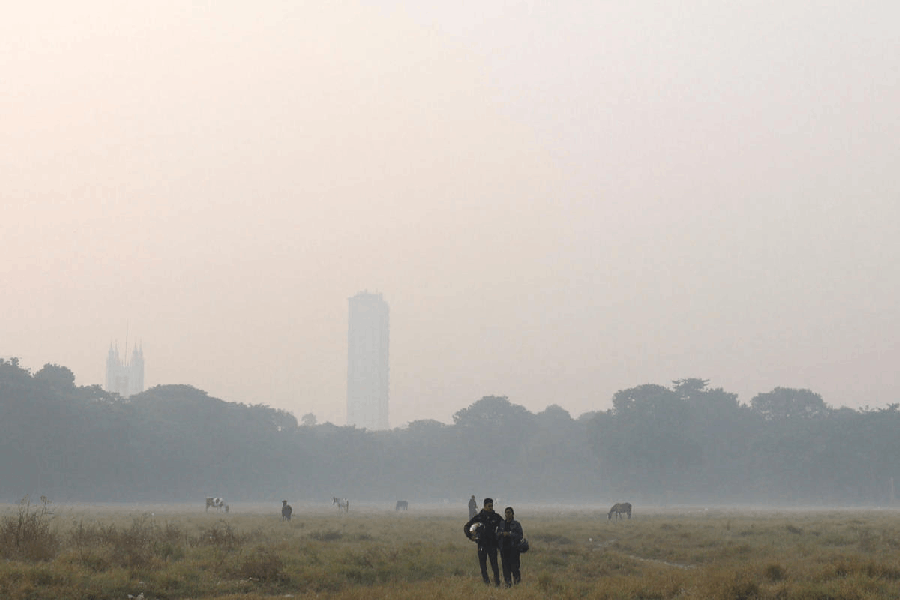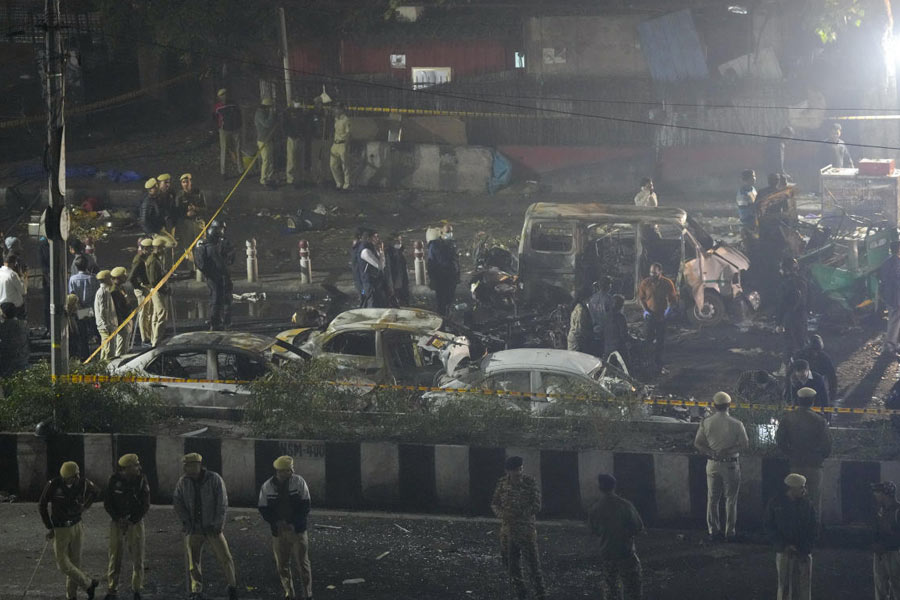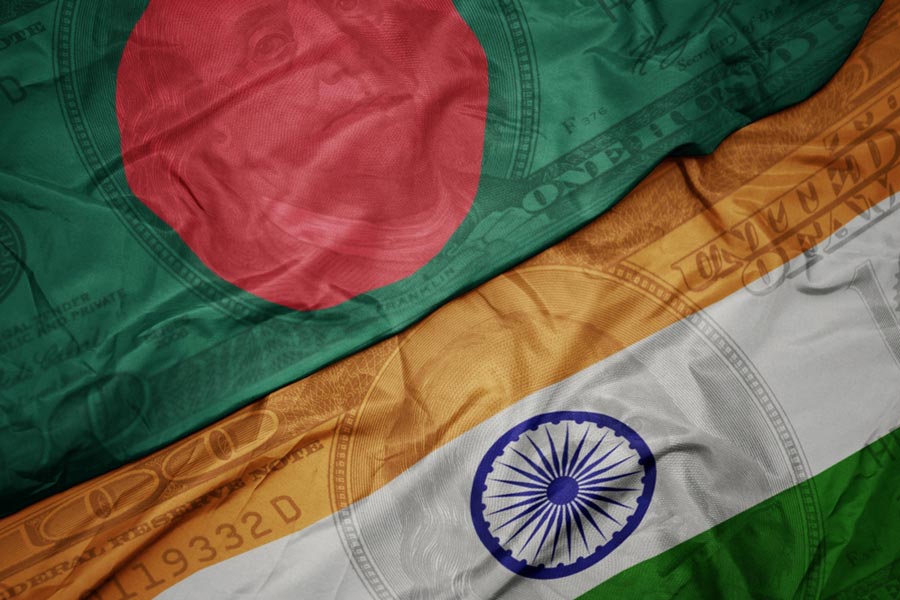 |
| Sluice gates of Dimna dam are opened on Wednesday. Picture by Srinivas |
Ranchi/Jamshedpur, June 18: If the weather gods played their part in Jamshedpur recording 338mm of rainfall today — its highest in six decades — the state is pointing fingers at neighbouring Orissa for the flash floods in Singhbhum and Seraikela Kharsawan districts.
Orissa, also battered by rains this week, released around 260 cumec (meter cube) of water from the Kharkai dam in Mayurbhanj district. And according to highly placed government sources in Ranchi, not only were the three districts flooded, Mango and Adityapur areas of the steel city were also badly hit.
“One of the gates of the Kharkai dam was opened. We are in constant touch with our Orissa counterparts. But officials in Orissa have pleaded helplessness as the dam had to be saved,” said Muni Lal Prasad, chief engineer of the Ichha-Galudih project.
It has been raining in Jamshedpur over the last couple of days. But a depression that crawled in from Bengal led to the record breaking showers since yesterday.
Both Tata Steel and non-Tata Steel areas were flooded. An accompanying storm snapped overhead electricity cables leading to power cuts. Several trees were uprooted too. By the evening, the bridge over the Kharkai river, which forms the crucial link between Adityapur and Jamshedpur, was also flooded.
Jharkhand, Prasad added, was now trying to ensure that another gate of the Kharkai dam wasn’t opened as “the problem would then aggravate”.
Officials at Orissa’s water resources department pleaded helplessness saying water release was essential to protect the dam. “Officials are releasing water from the Kharkai dam keeping the rainfall and reservoir (capacity) in mind,” state water resources secretary Aurobindo Behera said in Bhubaneswar.
In the larger scheme of things, Jharkhand can’t get away by merely blaming Orissa. For, if the proposed Ichha dam in Rajnagar block of West Singhbhum was ready then Jamshedpur and its adjoining areas would be saved of such calamities.
Interestingly, the Kharkai dam in Orissa is part of the Ichha-Galudih project under the ambitious Subernarekha Multipurpose Project that was incepted way back in 1970s. It has, however, proved to be a white elephant.
The project’s costs, initially pegged at about Rs 270 crore, had now escalated to over Rs 4,000 crore. Over Rs 1,500 crore have already been spent in last three decades, but it is far from complete.
Prasad admitted the inordinate delay in executing the project cost Jharkhand dear. “Land acquisition issues and delayed clearances from the Union ministry of forest and environment are some of the reasons for the mess,” he said.
As of now, Central Water Commission (CWC) reports suggest that discharge of water at Subernarekha near Mango — at the confluence of Kharkai and Sanjay rivers — was about 8,000 cumec — 6,000 cumec in Kharkai alone.
This afternoon, the catchment area of Kharkai swelled by 6,309sqkm against 6,415.8sqkm witnessed during the floods of the early ’70s.











